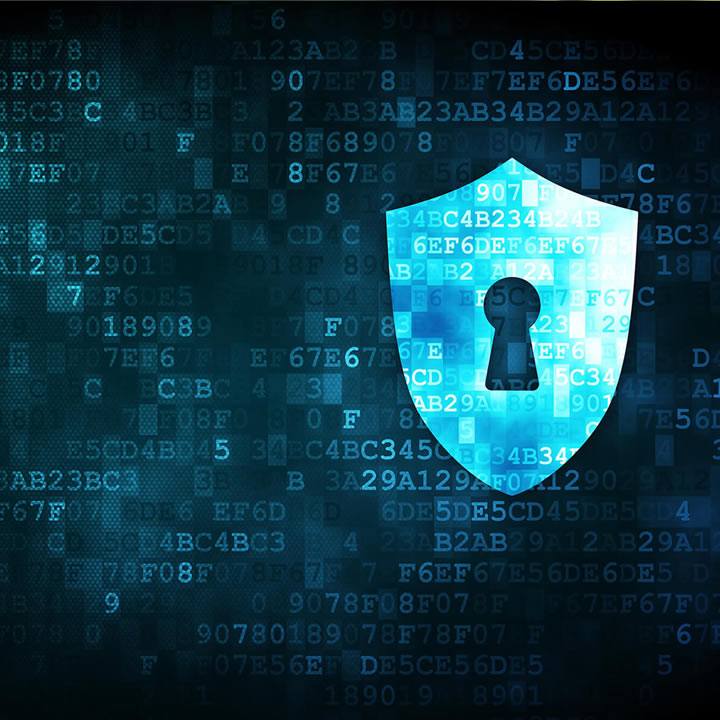The Internet has given users many opportunities, but it is also an extremely dangerous place. Cybercriminals are coming up with new ways to extort money from ordinary users. Recently, cases of ransomware attacks have become more frequent.
Such attacks can seriously harm not only one user but also an entire company. Just imagine that all the data has been blocked and no one can use it. At one point, not only the databases but also the computer itself may be blocked.
It is very difficult to fight against extortionists.
It is much easier and more effective to know how to prevent ransomware attack.
What is a ransomware program?
Before you understand which method to use to protect your computer, you should understand what a ransomware program is and how it works.
A ransomware program is a specially developed piece of software that aims to encrypt files by infecting a computer. If the virus got onto the device, then the owner no longer has access to the information.
When the user tries to fix the error, he receives a message that the system will be unlocked only after paying the ransom. As a rule, scammers require payment in virtual currency since it is impossible to track.
It is very difficult to recognize the program, and sometimes it is simply impossible. An inexperienced user is unlikely to be able to understand what it is. Cybercriminals have succeeded in this direction, so the software is passed off as a reliable file.
The user has no doubts, so he follows the links or downloads the file. The data is blocked.
Many users think that paying the ransom is much easier. They hope that they will immediately get access to their files back. Sometimes scammers don’t return anything.
The data may come back, but practice shows that a similar case is likely to happen again in the future.
Types of ransomware
Cybercrimes are no longer uncommon in the modern world.
Scammers are inventing new ways that help them make money on ordinary users. In particular, ransomware is a very common case. There are several types of them. Some of them pose a huge danger to the security system.
The only similarity is the goal. Criminals always demand a ransom from the user.
- Encryption or cryptographic. This method completely encrypts all systems on the selected device. As a rule, cybercriminals choose this method for extortion, because it gives 100% results.
- Encryption and deletion. The process proceeds gradually. At first, the files are simply blocked, but if the user refuses to pay, file after file is deleted until the victim pays.
- Blocking. In this variant, connections are blocked. This means that the user cannot control his computer, despite all attempts to correct the error.
- Hack or Doxware. Cybercriminals steal personal data about the user. If he refuses to pay. Then the data is merged into a shared archive.
- Frightening. Fake software comes to the computer. It says that an error has been detected on the device, which can only be fixed by paying.
How to prevent ransomware attacks?
As already mentioned, it is very difficult to get rid of the problems and get the data back from the ransomware. It is better to be prepared in advance. Tips for preventing ransomware attacks on PCs are:
- Software developers regularly improve the system to close all security holes. Many users ignore updates, but they may have effective protection elements.
- Most antiviruses can detect a ransomware program. As a rule, paid versions to provide stronger protection, so it’s better not to save on this issue. When choosing an antivirus, make sure that it has an anti-ransom feature.
- Antiviruses work well only when they are constantly updated. The updates contain not only new features and options but also an enhanced security system. If you have never updated a security program before, then you should do it now.
- You should never click on links and download files from an unknown recipient.
- If the email comes from an unknown recipient, it is best to ignore it. It may contain malware.
- Enable spam filters that help get rid of most junk mail.
- View information about new ransomware programs, as you will know what methods and tools cybercriminals use.
Ransomware is a new weapon for cybercriminals.
They understand that people are willing to pay for their data. It is very difficult to get rid of a ransomware program. If you follow standard security measures, you can get rid of problems in the future.
It is not so difficult to protect your device, but it is difficult to deal with a well-established cybercrime system.

